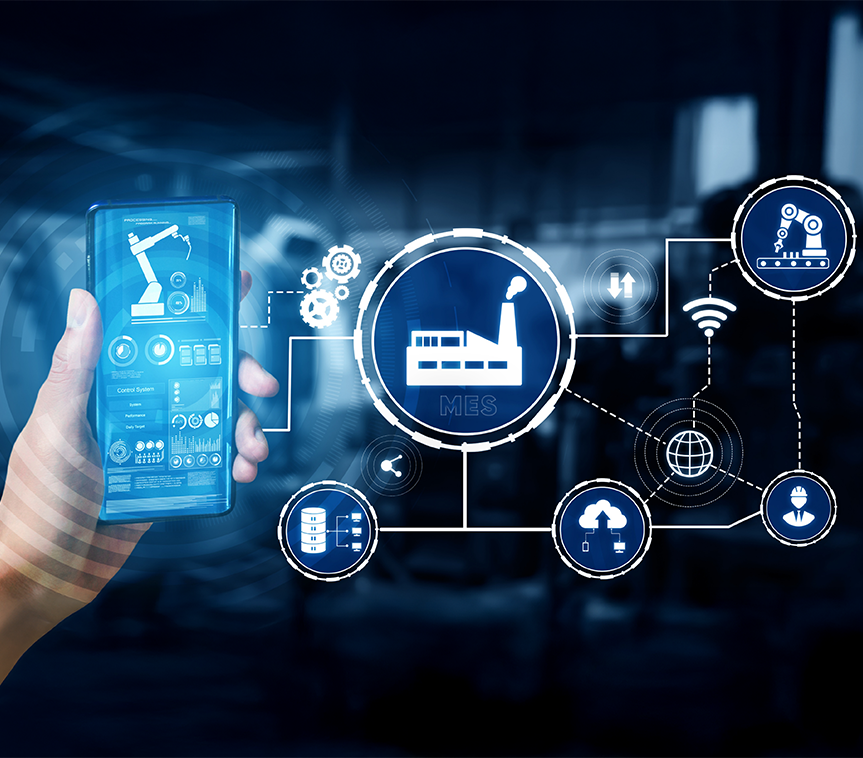Instant Alarm and Warning Management
It constantly monitors the data coming from the devices in the production line and creates instant alerts when the specified thresholds are exceeded. The aim is to ensure early detection of possible faults and quality deviations and rapid intervention.
Features
- Alarm Definition
- Event Triggering and Detection
- Instant Alert Notifications
- Warning Recording and Reporting
Alarm Definition
Threshold values are assigned to critical parameters such as temperature, pressure, and energy consumption for each device, sensor, or control system. How the system will react if these values are exceeded is determined by scenarios.
Event Triggering and Detection
Data occurring on the production line is monitored instantly. In cases where the specified threshold values are exceeded, the system automatically triggers events and the alarm process is initiated.
Instant Alert Notifications
When an alarm occurs, a warning is sent to pre-defined relevant persons via SMS, e-mail or mobile application. Thus, the production process is managed without interruption with rapid intervention.
Alert Recording and Reporting
Each alarm condition is recorded in the system along with the time and duration of occurrence. By analyzing this data, recurring problems can be detected and preventive strategies can be developed.

